|
Tonalist painting explained plus a demo painting.
Have you heard about a painting style called "Tonalism". If you are not sure what this painting style or movement is all about then this article will help you. I'm going to be talking about what makes paintings tonalist and then I'm going to do a little demonstration to try and illustrate my take on this art style.
Let's begin What Is Tonalism? It's very loosely connected to the Impressionist art movement, which was based on painting outdoors from life. Painters in the French Barbizon School of Painting were the first to explore this new real world subject. They took painting outside, painted en plein air, and created an impression of the landscape. A more atmospheric type of landscape too. Tonalism is also associated with a school of art from the United States, which was active during the late 1800s to early 1900s. It was inspired by realism. Similar to the Impressionist painters who were going through their own revolution. It's a style usually associated with tightly packed values, a medium value range, with perhaps one or two strong lights or darks to anchor the scene. The ideal conditions for Tonalism are late afternoon, early evening or just before sunrise, when the values are fairly close together, and there is a looser, more open-ended atmosphere. It is softer, richer, more suggestive of what is there, rather than stating it very clearly. So we're not talking about bright blue skies and HD quality images. This is a subtler source of information, and I think it draws in the viewer a little more. You don't see too much impasto, but it's always possible to have some where it makes sense. But very often you’ll find its middle values that has been more blended to get an even softer and more dreamy atmosphere.
This painting by Camille Corot of the Barbizon School of Painters is a good example of this soft edged, atmospheric approach to landscape painting. Key Characteristics of Tonalism Characteristics of tonalism include the use of subtle colors made up of various greens, purplish blues, and gray tones that are peaceful and soothing on the eyes. Often elements in the scene are more symbolic or represent a restful interaction between people and nature. The mood or feeling of atmosphere is important. You sense movement in the water, for example, rather that witnessing a tempest of crashing water. All of this leads to feeling in harmony with nature. The use of balanced tonal colors help create this mood. In the United States the Tonalist movement gained traction post Civil War. The disillusionment with industrial warfare made people seek out calm, poetic subjects. A communion with nature rather than the manmade chaos in the cities. Tonalist paintings are about mood and drama. They are often loose. They don't have details and fine rendering. Their colors are muted and even dull. They are mostly focused on nature. Examples of Tonalist Paintings
George Inness, Sunrise (1887)
The artist was able to create this image by using different shades of yellow and orange. The artist used a variety of greens to create the grassy field. He also used a mixture of browns and grays to create the rocks. I find it interesting that black was used where Monet, as an Impressionist, might use ultramarine blue. "The Tonalist school of painters believed that there are three basic elements of light: Light, Shadow and Color. Each element should be painted separately and each layer should be built up. This is similar to the layers of an onion. White is used to create the lightest part of the image. Yellow creates the middle tones and orange creates the darkest parts. You want to use the brightest colors possible. Don't shy away from using pure colors. Use the maximum amount of pigment in your paints. Avoid mixing colors together. Mixing colors together will cool down the color temperature. The more intense the color, the warmer the color will become. For example, if you mix two pinks together, the resulting color will be much paler and less intense than either of the original pinks. Also, don't forget to add some black to the shadows. Black is the opposite of white. When you paint a shadow, you are actually painting the absence of light. Adding black to the shadows will give the scene depth and help the eye focus on the subject matter. "
James Abbott McNeill Whistler
Nocturne in Black and Gold, the Falling Rocket, 1875 This is an example of a nocturne painting. Almost abstract in its simplification and desire to show the essence of the scene. This was a daring and bold approach considering the time.
Charles Melville Dewey
Long Island Sunset (1910) A long lost relative perhaps? It's hard to say for certain, but I think Dewey's painting has some elements of tonalism in this scene. By the first decade of the twentieth century, he was considered one of the best painters of the nocturnes or moonlight paintings.
Charles Warren Eaton Gloaming Pines (1910)
Charles Warren Eaton was a giant in the Tonalist movement. Interpreting nature by adding the human element in each painting's interpretation of nature. He was influenced by Whistler as well as Japanese art, as were many Impressionists in Europe. Tonalist Painting Demonstration
Now I am not a tonalist painter (apologies to Charles Melville Dewey) but I am going to attempt my own version of tonalsit landscape painting. You can see the results in the video below.
Before you start consider subscribing to my YouTube channel so that you never miss another video upload. I do appreciate your support. Is Tonalism still relevant?
When you look at these examples of tonalist painting they may look rather dated. Our brash 21st century and conceptual art fixation may drown out these paintings of yesteryear. After all the soft edges, harmonious hues and mundane subjects are not what you can call risque or even exciting. Except I would argue that this is what we need more of right now.
At this time of disillusionment with mind boggling government corruption, crime, environmental decay and fake news we can feel empathy for the post Civil War era. What has modern life to offer us right now except more plastic, soulless fakery. What if we turned our attention to our relationship with nature? A meditation and communion with nature through the medium of art? From that perspective we can agree that the tonalist painters were on to something profound and meaningful. Of course we do not have to copy them closely. I do look for a slightly stronger light effect and vibrant color, but that foes not detract from the idea of Tonalism. For this movement to be relevant today we must adapt and tweak to out tastes, but remain true to the concept of painting in harmony with nature. Learn how to paint with impact.
PIN FOR LATER:
|
AuthorMalcolm Dewey: Artist. Country: South Africa Archives
June 2024
Categories
All
FREE
|
|

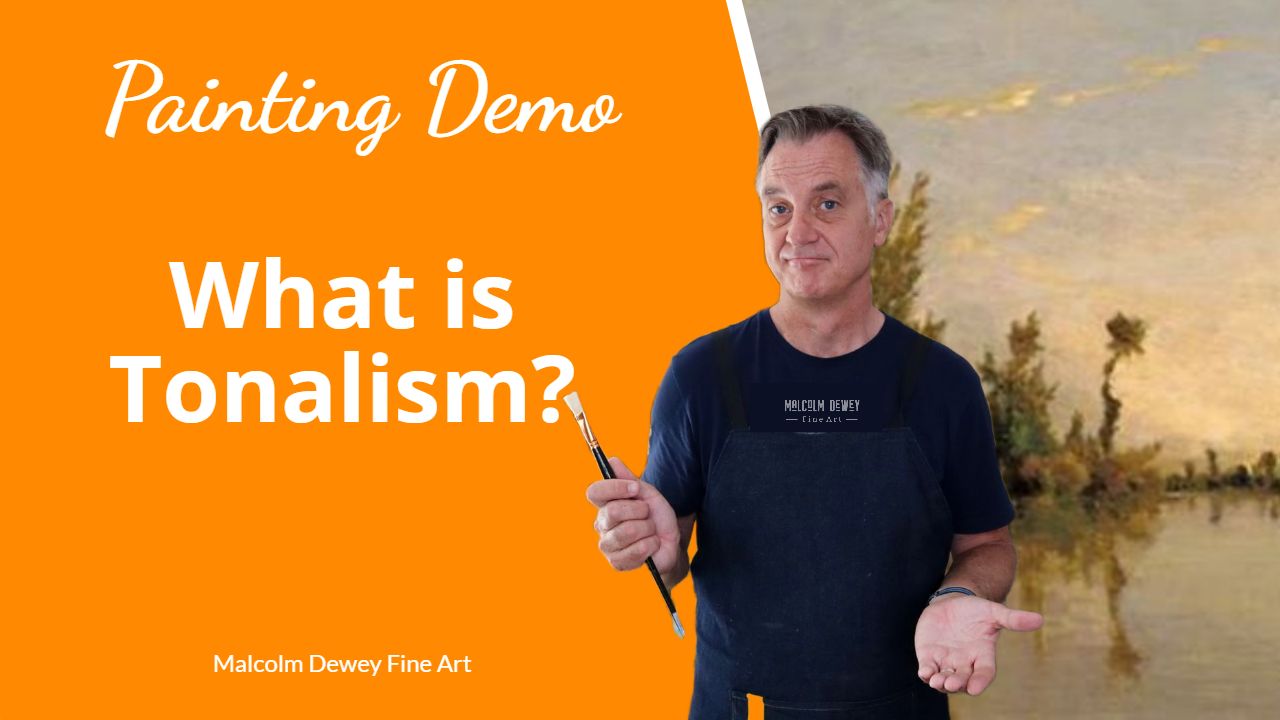
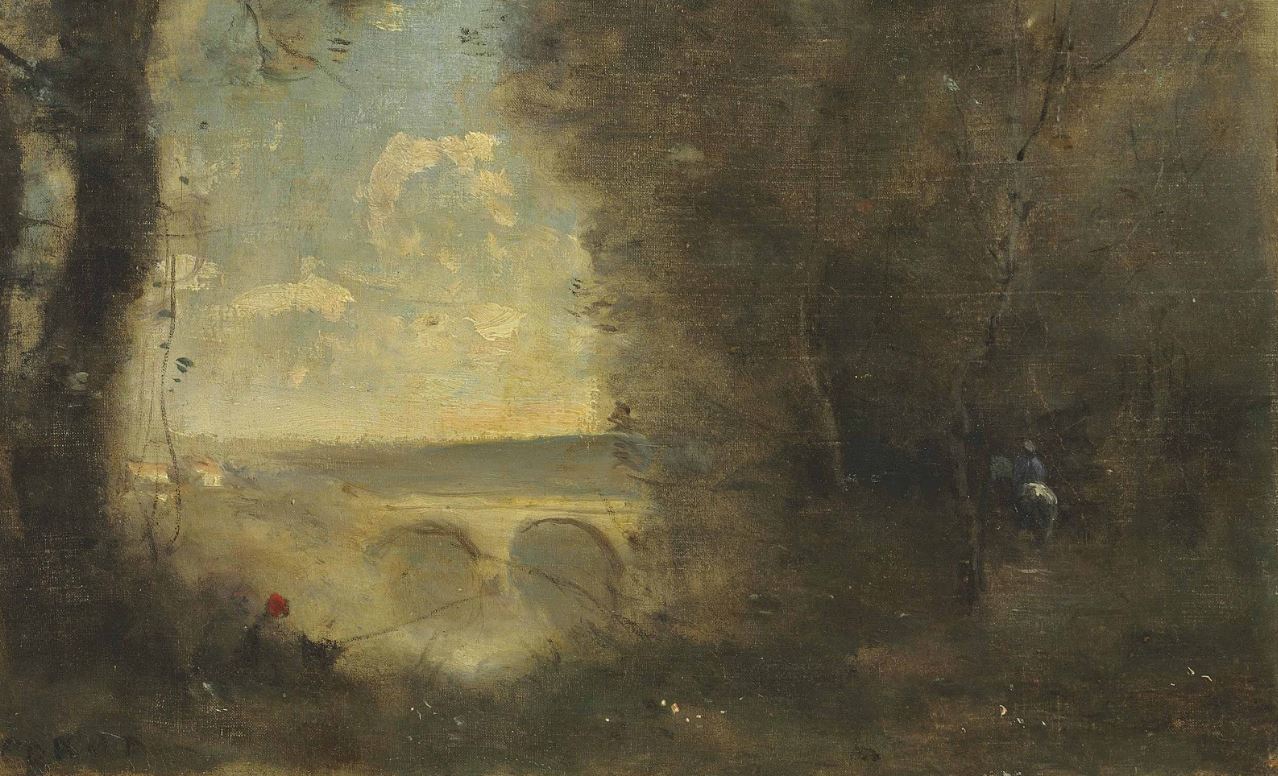
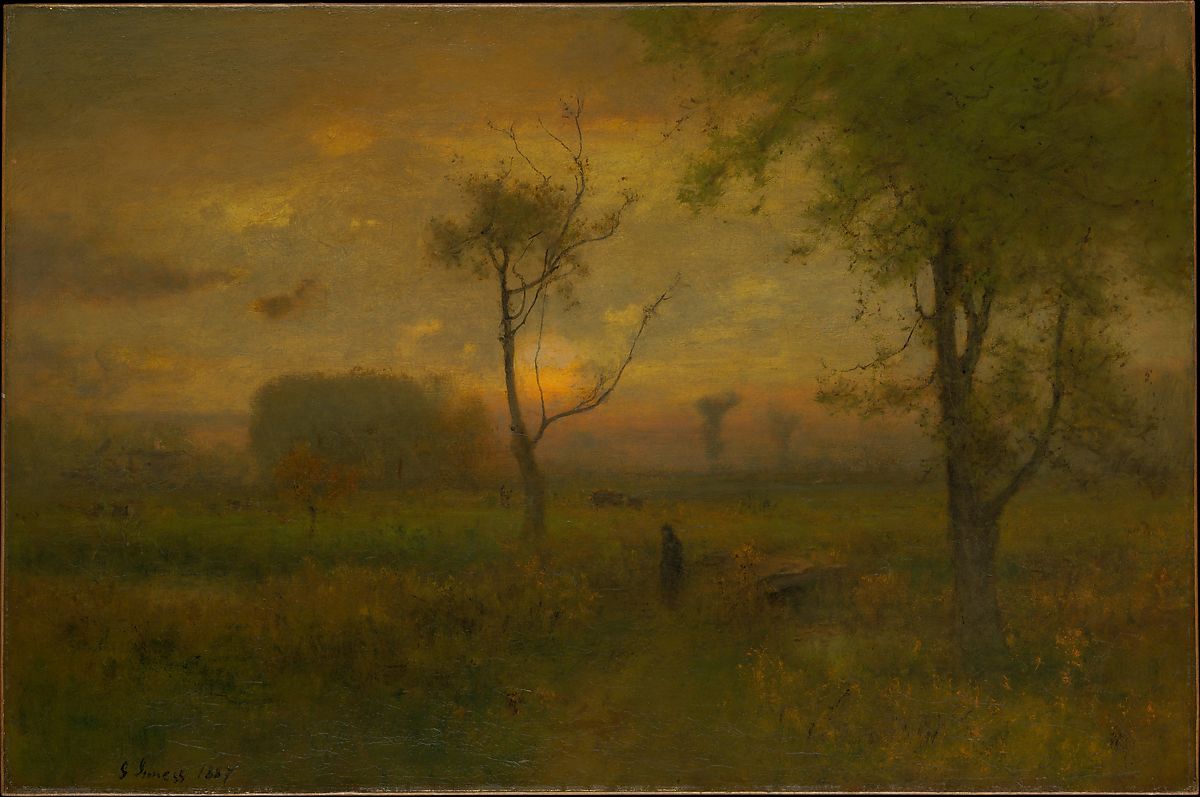
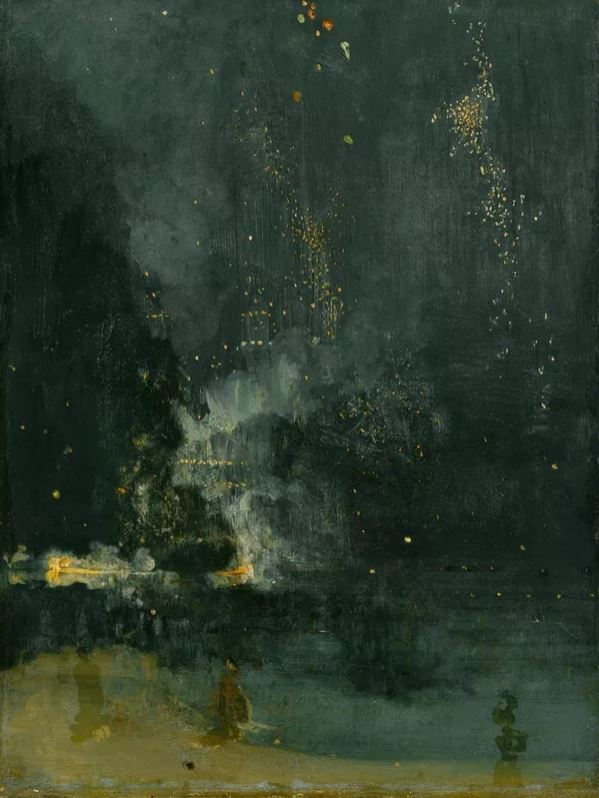
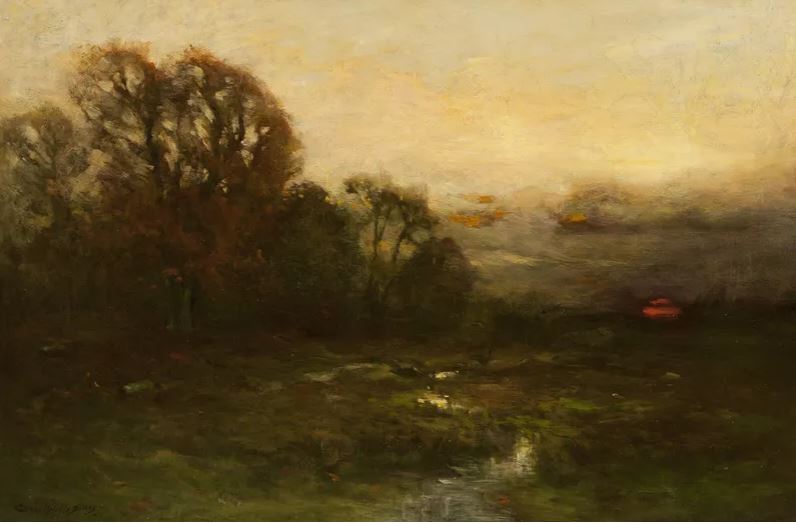
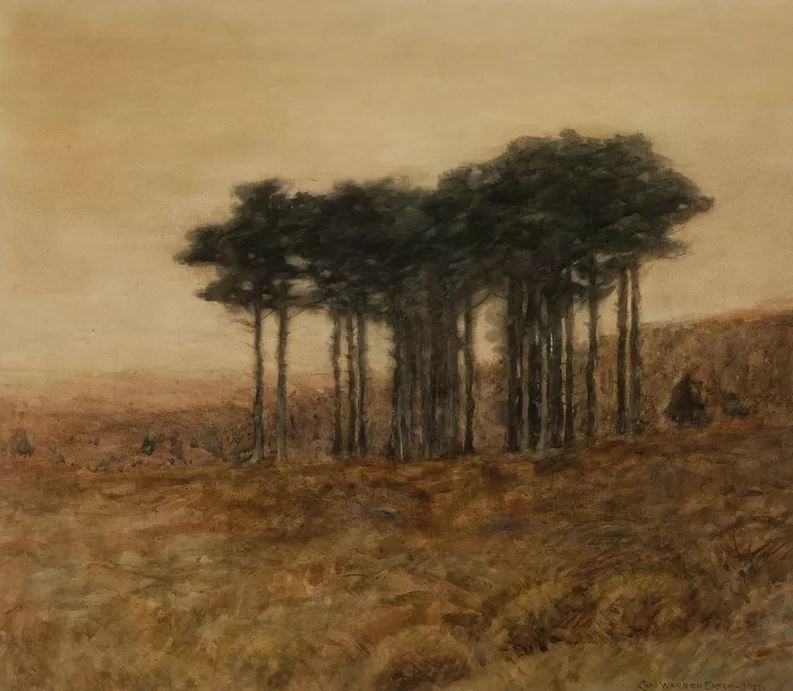
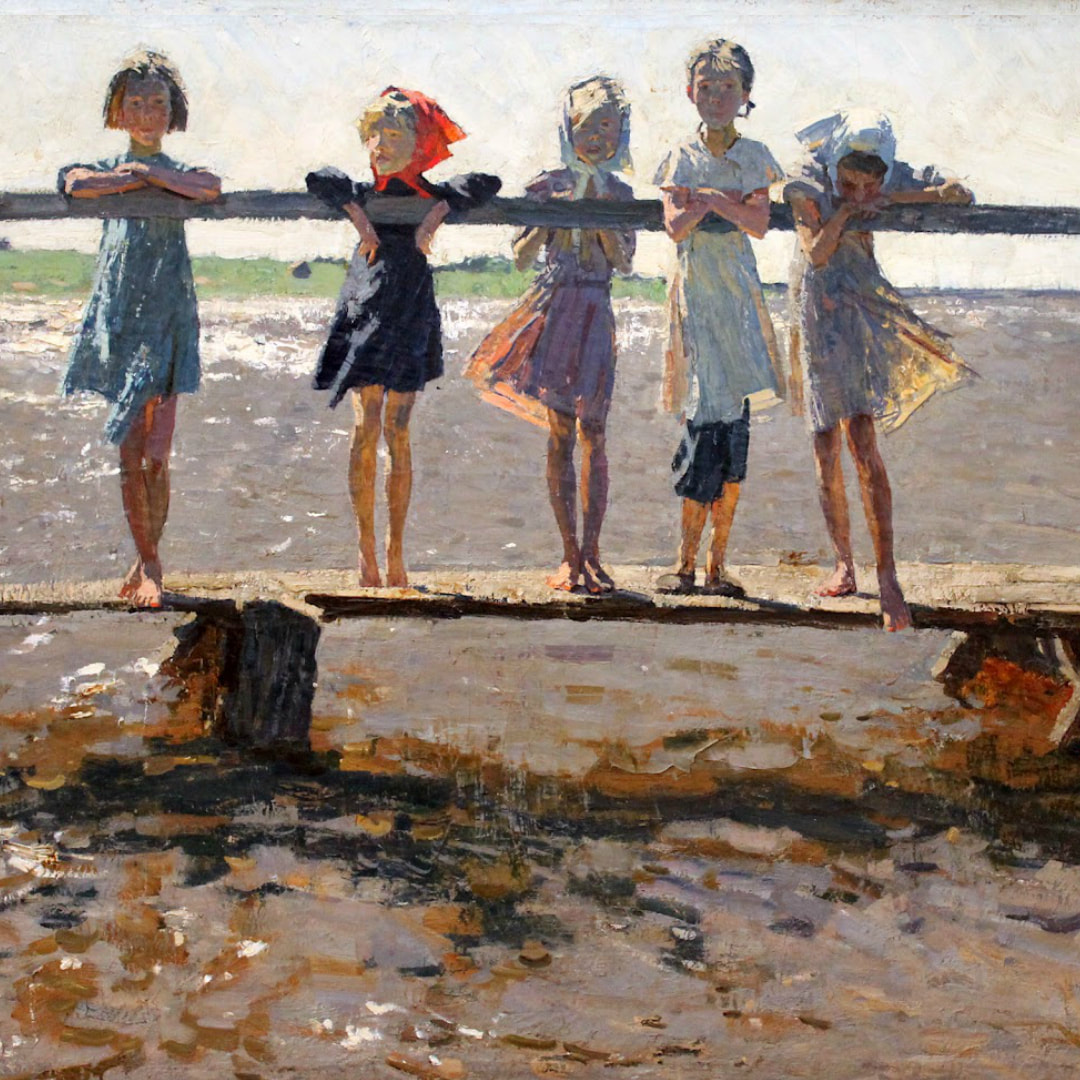
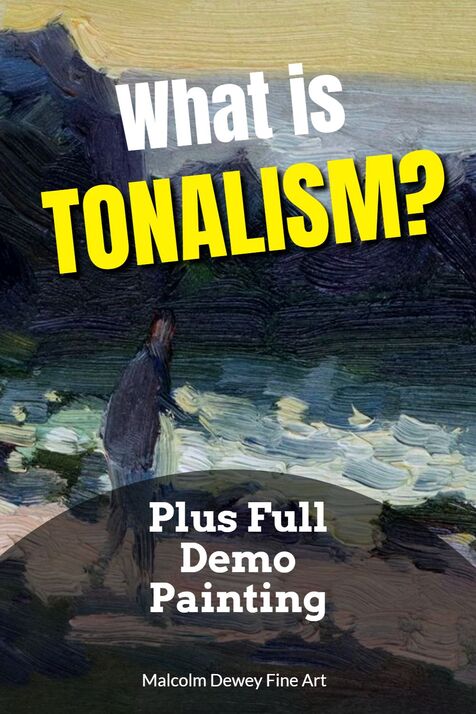
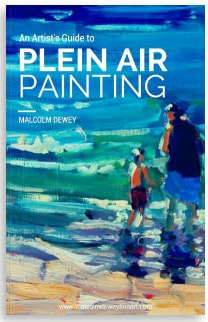
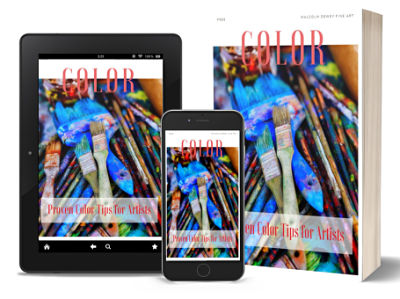

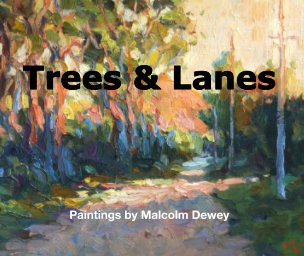



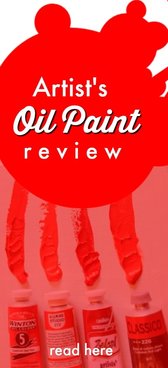

 RSS Feed
RSS Feed






